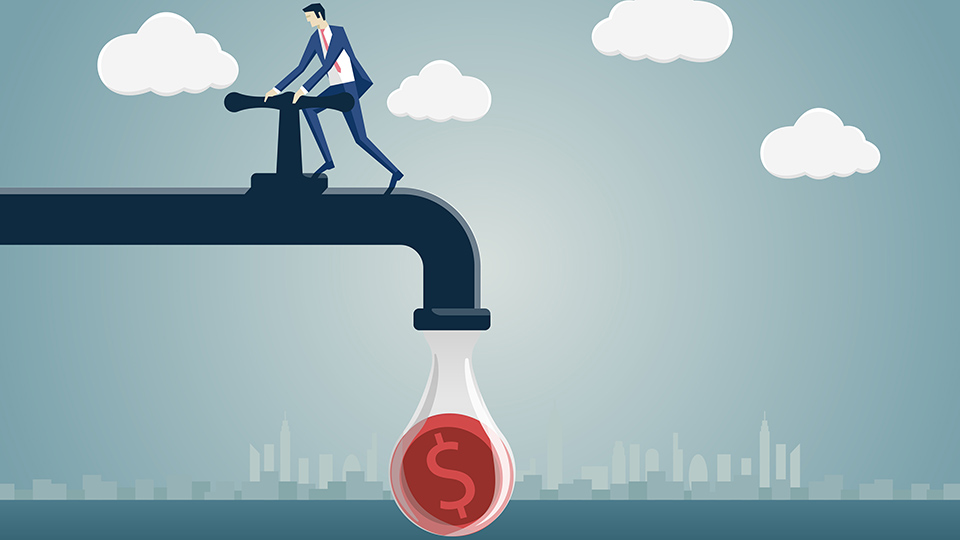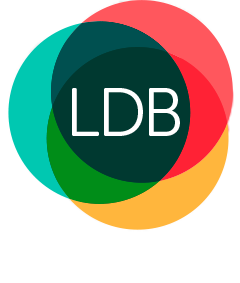From employee to sole trader: Cash flow impact from different tax timing
December 5, 2019

When making the move from a Pay As You Go (PAYG) employee to a sole trader, understanding and navigating how much tax to pay year end can be confusing.
Most people underestimate their tax liability when they first begin to operate under an Australian Business Number (ABN) and often run into cash flow issues come the end of the financial year.
These cash flow issues, along with non-commercial loss rules, are complex but crucial tax considerations for all sole traders, regardless of your industry.
Individuals operate on a marginal tax rate system, meaning that the tax you pay increases with every dollar you earn.
Understanding income tax rates
The marginal tax rates for the current financial year are as follows:
Australian income tax rates for 2019/20 (source: ATO)
| Income thresholds | Rate |
| $0 -$18,200 | 0% |
| $18,201 – $37,000 | 19% |
| $37,0001 -$90,000 | 32.5% |
| $90,000 – $180,000 | 37% |
| $180,000 and over | 45% |
For the purpose of this example we will assume that you earn no other income. If you make a net profit of $18,200 under your personal ABN, you would not be liable for any tax at the end of the financial year.
If you earned between $18,201 and $37,000 in a financial year, you would be liable for $0.19 of tax on every dollar above $18,200. The same process would follow for every step you take up the marginal tax brackets.
Earning income as a sole trader
It is imperative to track your tax position throughout the financial year to ensure you are putting aside enough money to meet your tax liability come year-end. Unlike salary and wages, no tax is being withheld from the money you earn on your sole trader business, particularly the first year you make a profit.
After you report a gross business and/or investment income of $4,000 or greater on your last lodged tax return, you are required to enter the PAYG income tax instalment program.
The PAYG income tax instalment program is a system to pre-pay your tax liability by way of paying instalments. Generally, this is quarterly towards your expected tax liability on your business and investment income.
Tax planning with your accountant is important for sole traders in order to estimate the appropriate amount to withhold. At a minimum, we suggest liaising with your accountant quarterly when lodging your Business Activity Statement (BAS).
This will ensure you are either pre-paying enough tax, so you are not shocked with a high tax liability when it comes time to lodge your tax return.
Conversely, you don’t want to be pre-paying tax quarterly only to find out you have a large refund when lodging your tax return, especially if you had cash flow constraints throughout the year.
Get trusted business tax advice
Tax laws and regulations change frequently, so it’s important to speak with experts who can provide trusted business tax advice.
At LDB, we help sole traders keep on top of their tax affairs and make informed choices.
We know all about the lesser known tax deductions out there, as well as those that have recently become available.
To find out more, give us a call on (03) 9875 2900 or fill out the contact form below.
Disclaimer: Please note that the above information is general advice only and conditions may vary depending on an individual’s circumstances. We advise you seek professional advice to obtain an accurate assessment.
